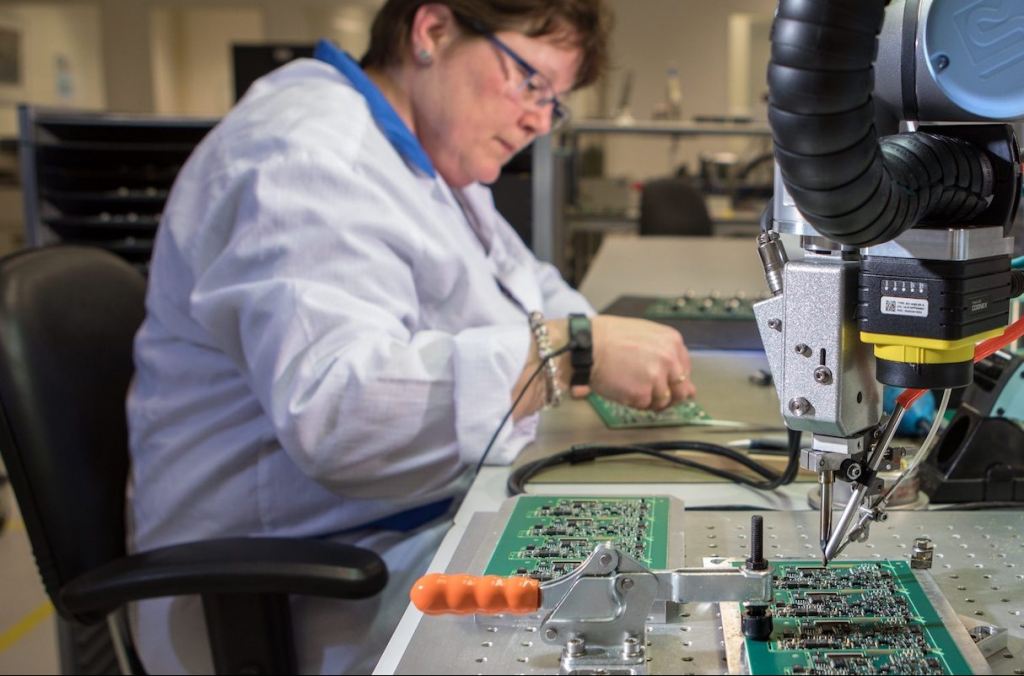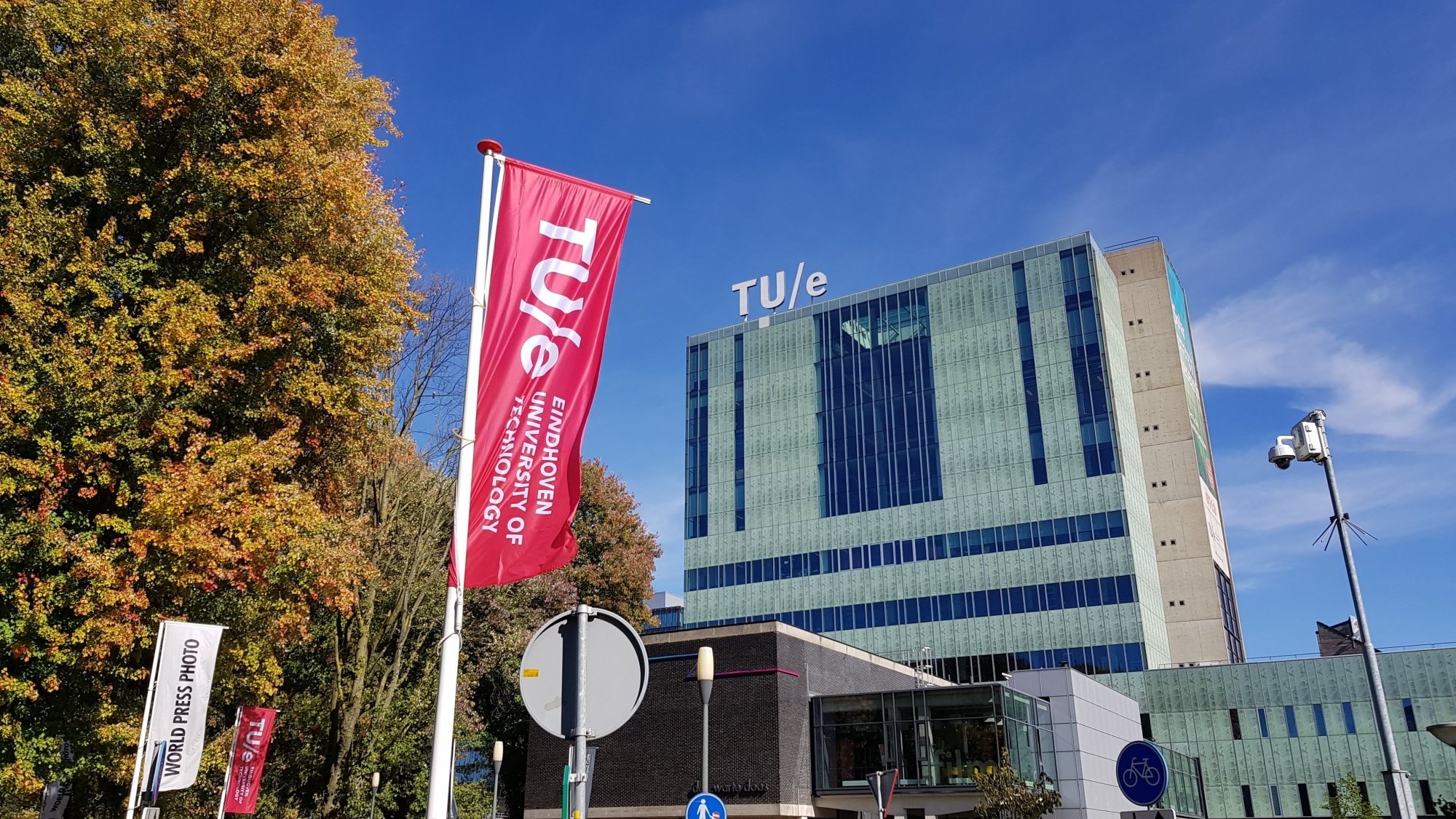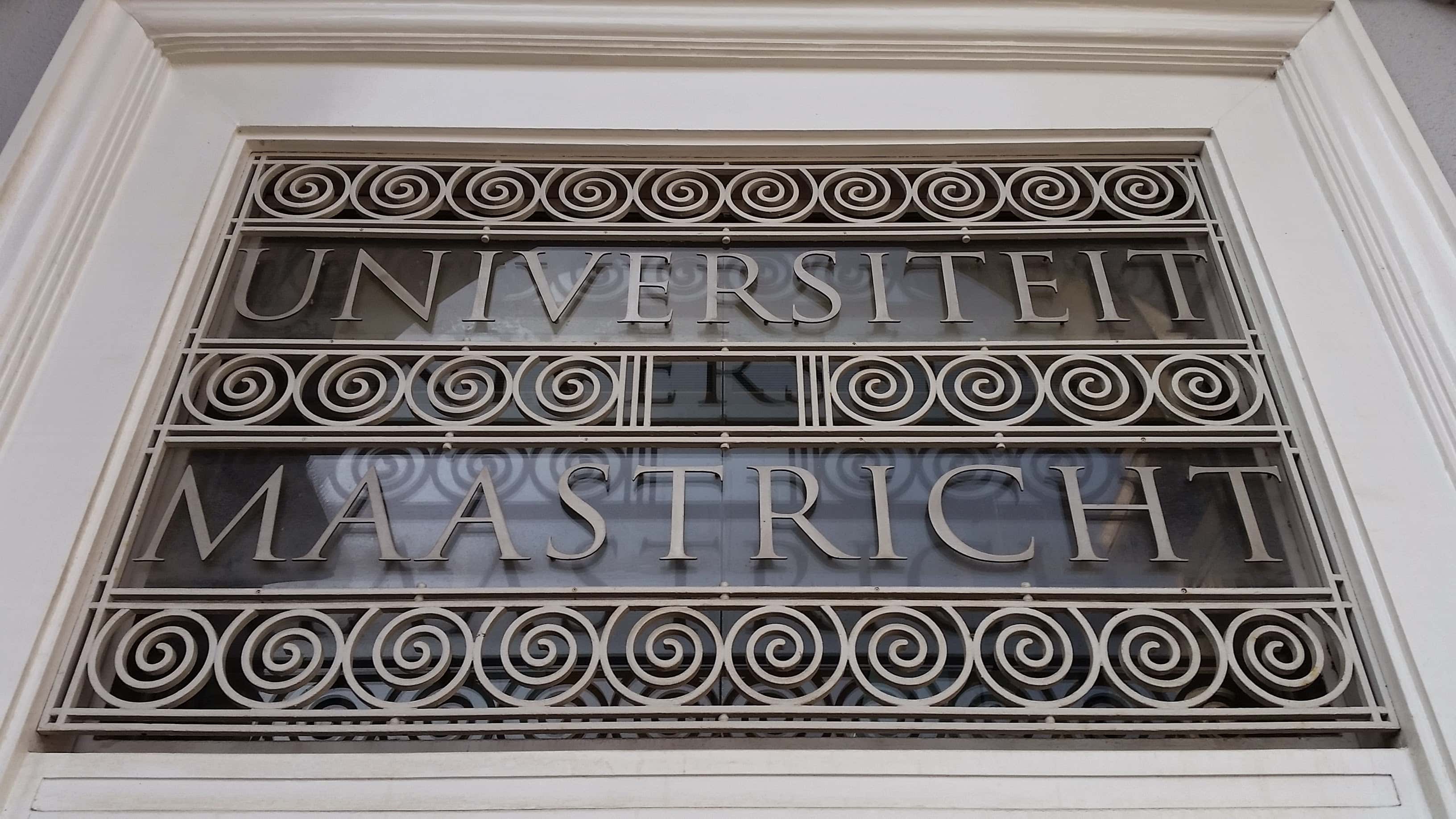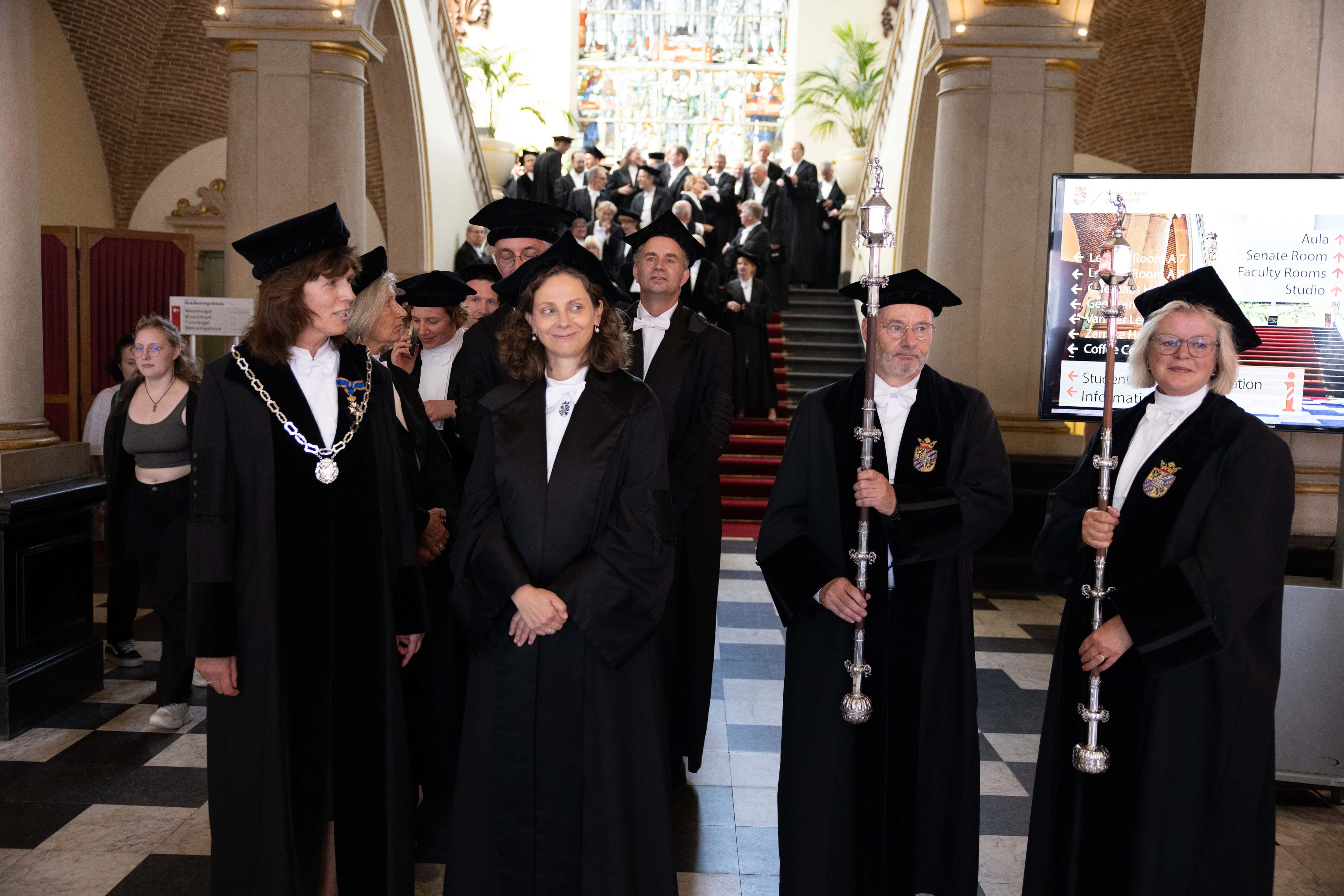
It is a matter of the long haul before the tech companies in the region will really benefit from it, but according to CBS the trend has really started: girls at HAVO, VWO and MBO choose a technical direction more often than ten years ago. In vmbo and higher education, the percentage of girls choosing a technical subject rose only slightly. Technical courses are still the most popular among boys. This is shown by the Dutch Bureau for Statistics (CBS) for the school year 2017/’18.
In the school year 2006/’07, 2 percent of HAVO girls and 6 percent of VWO girls chose Science and Technology, in which mathematics b, physics, and chemistry are compulsory. In 2017/’18 this had increased to 10 percent and 28 percent respectively. This increase started in the school year 2007/’08, when the renewed second phase was introduced. This made it easier to combine the Nature and Technology and Nature and Health profiles into a package of subjects. After the introduction of the new second phase, girls in VWO in particular opted for such a double profile. Nature and Technology is still the most popular among boys. Boys also chose this profile more often in the past ten years, but the difference between them and the girls has narrowed.
Technology still the least popular with vmbo girls
Technology is the least chosen sector among girls at pre-vocational education (vmbo). In the school year 2017/’18, 4 percent of girls and 33 percent of boys in school years 3 and 4 chose vmbo-b, vmbo-k and vmbo-g for such a course. The percentage of female technicians increased from 3 percent to 4 percent between the school years 2011/’12 and 2016/’17. Since 2007/08, vmbo has been familiar with intersectoral programmes, which have become more popular at the expense of other sectors. Technical subjects are often part of these programmes.
1 in 10 mbo girls obtains a technical diploma
Since the 2010/’11 school year, girls at secondary vocational education (MBO) have increasingly obtained a technical diploma. At that time, 6 percent of the girls at MBO did such a course, and this grew to 11 percent in 2015/’16. It then dropped to 10 percent a year later. In the case of boys, however, this share fell from 46 percent (school year 2010/’11) to 41 percent (2016/’17). Girls usually obtain technical qualifications in fields other than boys, such as the clothing and footwear industry and design and audiovisual production.
Not much enthusiasm among women for higher professional education (HBO) and academic engineering, industry, and construction studies
Although more girls (and boys) in HAVO and VWO choose a technical subject cluster, the choice for technology in higher education is hardly increasing. The proportion of women with a degree in Engineering, Industry, and Construction in higher education rose from 2 percent to 3 percent between the 2006/’07 and 2015/’16 academic years. In the last academic year, the share of boys was 15 percent. Apparel, textile engineering, urban planning, and biotechnology are examples of areas of study that are chosen more by women than by men.
Text, video and infographics: (c) CBS













